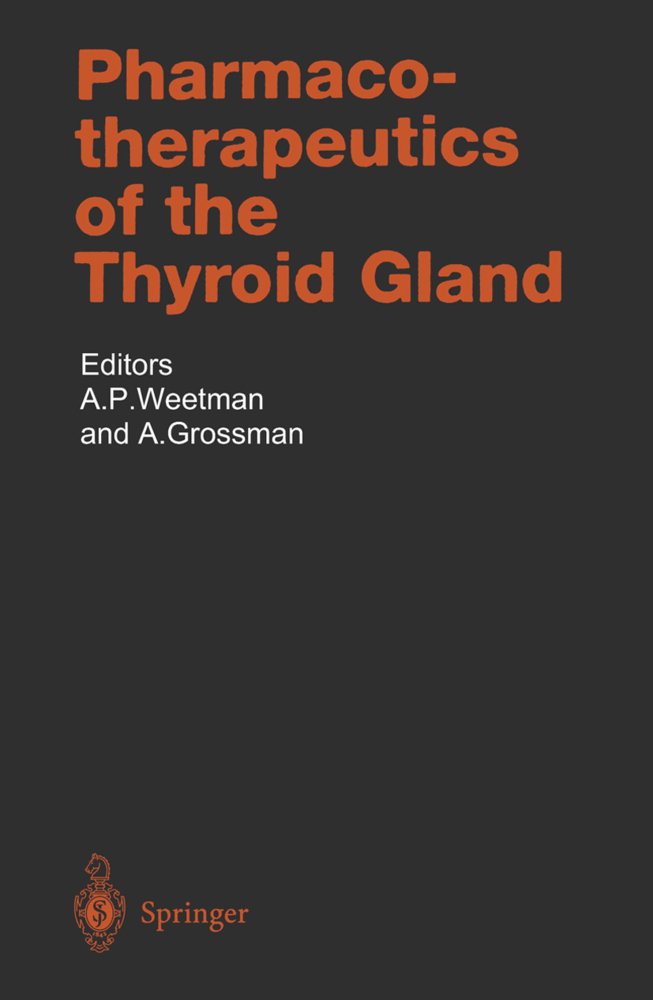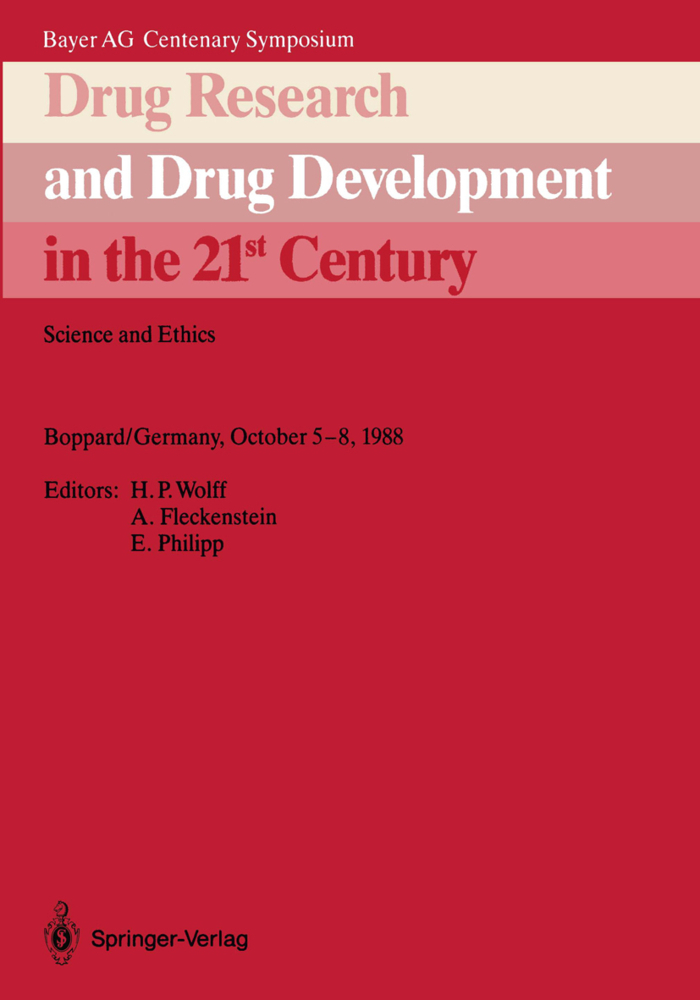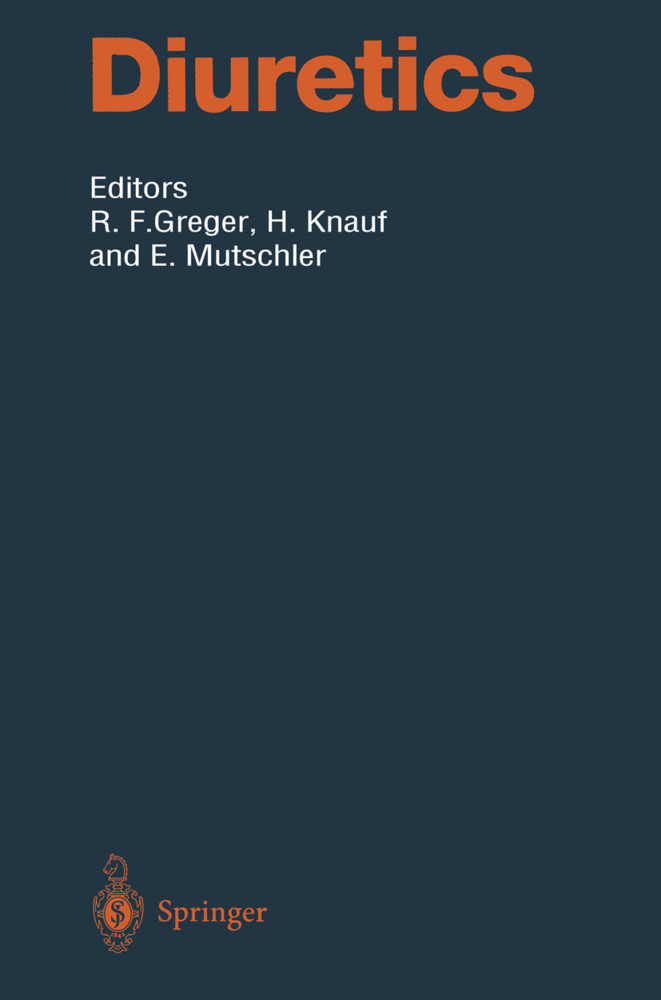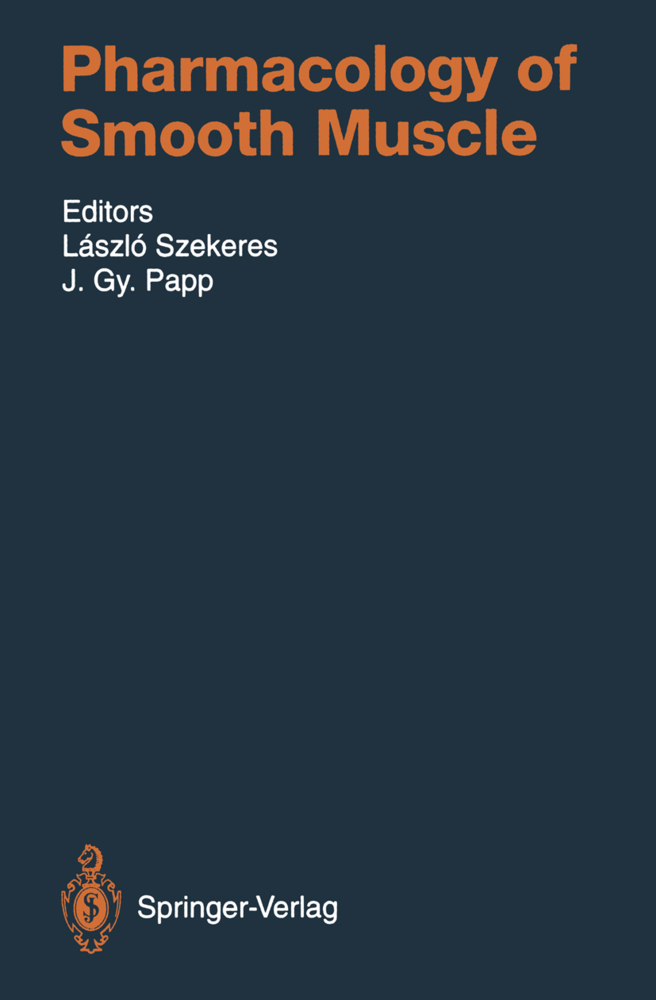Antiepileptic Drugs
Pharmacology and Therapeutics
Antiepileptic Drugs
Pharmacology and Therapeutics
In 1985, volume 74 of the Springer-Verlag Handbook of Experimental Phar macology, under the editorship of H. -H. Frey and D. Janz, appeared. In this volume the then available data on the topic of antiepileptic drugs were col lated and analysed. Over the intervening years knowledge in this area has grown progressively. More new antiepileptic drugs than the total number of agents that were in common use 15 years ago have in the interval either come on to the market or are about to do so. As well, further agents are at a fairly advanced stage of development, whilst the already established drugs have by and large held their places in clinical practice. Knowledge of epileptogenesis has advanced considerably. The mechanisms of action of antiepileptic drugs at the molecular level and in various animal models of epileptic seizures and of the epileptic state are much better understood than they were previously. As well, more information is available concerning the natural history of human epilepsy, and this knowledge is important in making optimal use of the various agents that are now available. Therefore, it has seemed appropriate at this stage in the evolution of knowledge to produce a second volume dealing with Antiepileptic Drugs in the Handbook of Experimental Pharmacology series.
B. The International Classification of Epileptic Seizures
C. Classification of the Epilepsies and Epileptic Syndromes
D. Influence of Technological Advances on the Understanding of Semiology
E. Drugs of Choice for Epileptic Seizures and the Epilepsies
F. Conclusion
References
2 Animal Models of Epilepsy and Epileptic Seizures
A. Introduction
B. Animal Models of Epilepsy
C. Animal Models of Epileptic Seizures
D. Conclusions
References
3 Epileptogenesis: Electrophysiology
A. Introduction
B. Partial (Focal, or Lesional) Epilepsy
C. Generalized Epilepsy: Absence Seizures
D. Generalized Epilepsy: Convulsive Seizures
References
4 Epileptogenesis: Biochemical Aspects
A. Introduction
B. Methods for Studying Epileptogenesis
C. Role of Neurotransmitters in Epileptogenesis
D. Postsynaptic Effects
E. Neurotrophins and Neurogenesis
F. Conclusions
References
5 Cellular Actions of Antiepileptic Drugs
A. Introduction
B. Established Antiepileptic Drug Mechanisms of Action
C. Newly Developed Antiepileptic Drug Mechanisms of Action
References
6 The Search for New Anticonvulsants
A. Introduction
B. Pharmacological Strategies in the Search for New Anticonvulsants
C. Clinical Evaluation of Preclinical Development Strategies
D. Strategies for Future Drug Development
E. Conclusions
References
7 Measurement of Anticonvulsants and Their Metabolites in Biological Fluids
A. Introduction
B. Chromatographic Methods
C. Capillary Electrophoresis and Micellar Electrokinetic Capillary Electrophoresis
D. Stereoselective Drug Analysis
E. Immunoassay Methods
F. Free Drug Monitoring
G. Quality Assurance
References
8 Older Anticonvulsants Continuing in Use but with Limited Advance in Knowledge
A. Introduction
B. Phenobarbitone and Congeners
C. Succinimides
D. Sulthiame
E. Acetazolamide
F. Bromides
References
9 Phenytoin and Congeners
A. Phenytoin
B. Fosphenytoin
C. Mephenytoin
D. Ethotoin
E. Phenacetamide
F. Albutoin
References
10 Carbamazepine
A. Introduction
B. Chemistry and Use
C. Pharmacodynamics
D. Pharmacokinetics
E. Interactions
F. Adverse Effects
References
11 Oxcarbazepine
A. Introduction
B. Chemistry and Use
C. Pharmacodynamics
D. Pharmacokinetics
E. Interactions
F. Adverse Effects
References
12 Lamotrigine
A. Introduction
B. Chemistry and Use
C. Pharmacodynamics
D. Pharmacokinetics
E. Interactions
F. Adverse Effects
References
13 Valproate
A. Introduction
B. Chemistry and Use
C. Pharmacodynamics
D. Pharmacokinetics
E. Interactions
F. Adverse Effects
References
14 Vigabatrin
A. Chemistry and Use
B. Pharmacodynamics
C. Pharmacokinetics
D. Interactions
E. Adverse Effects
F. Use in Clinical Practice
References
15 Benzodiazepines
A. Introduction
B. Pharmacodynamics of Benzodiazepines in General
C. Benzodiazepine Adverse Effects and Their Mechanisms
D. Diazepam
E. Clobazam
F. Clonazepam
G. Lorazepam
H. Nitrazepam
I. Midazolam
References
16 Gabapentin
A. Introduction
B. Chemistry and Use
C. Pharmacodynamics
D. Pharmacokinetics
E. Interactions
F. Adverse Effects
References
17 Tiagabine
A. Introduction
B. Chemistry and Use
C. Pharmocodynamics
D. Pharmacokinetics
E. Interactions
F. Adverse Effects
References
18 Topiramate
A. Introduction
B. Chemistry
C. Pharmacodynamics
D. Pharmacokinetics
E. Interactions
F. Adverse Effects
G. Clinical Use
H. Conclusions
References
19 Zonisamide
A. Chemistry and Use
B. Pharmacodynamics
C. Pharmacokinetics
D. Interactions
E. Adverse Effects
F. Dose and Administration
References
20 Felbamate
A. Introduction
B. Chemistry and Use
C. Pharmacodynamic Studies
D. Pharmacokinetics
E. Interactions
F. Adverse Effects
G. U
1 Classification of Epileptic Seizures and the Epilepsies and Drugs of Choice for Their Treatment
A. IntroductionB. The International Classification of Epileptic Seizures
C. Classification of the Epilepsies and Epileptic Syndromes
D. Influence of Technological Advances on the Understanding of Semiology
E. Drugs of Choice for Epileptic Seizures and the Epilepsies
F. Conclusion
References
2 Animal Models of Epilepsy and Epileptic Seizures
A. Introduction
B. Animal Models of Epilepsy
C. Animal Models of Epileptic Seizures
D. Conclusions
References
3 Epileptogenesis: Electrophysiology
A. Introduction
B. Partial (Focal, or Lesional) Epilepsy
C. Generalized Epilepsy: Absence Seizures
D. Generalized Epilepsy: Convulsive Seizures
References
4 Epileptogenesis: Biochemical Aspects
A. Introduction
B. Methods for Studying Epileptogenesis
C. Role of Neurotransmitters in Epileptogenesis
D. Postsynaptic Effects
E. Neurotrophins and Neurogenesis
F. Conclusions
References
5 Cellular Actions of Antiepileptic Drugs
A. Introduction
B. Established Antiepileptic Drug Mechanisms of Action
C. Newly Developed Antiepileptic Drug Mechanisms of Action
References
6 The Search for New Anticonvulsants
A. Introduction
B. Pharmacological Strategies in the Search for New Anticonvulsants
C. Clinical Evaluation of Preclinical Development Strategies
D. Strategies for Future Drug Development
E. Conclusions
References
7 Measurement of Anticonvulsants and Their Metabolites in Biological Fluids
A. Introduction
B. Chromatographic Methods
C. Capillary Electrophoresis and Micellar Electrokinetic Capillary Electrophoresis
D. Stereoselective Drug Analysis
E. Immunoassay Methods
F. Free Drug Monitoring
G. Quality Assurance
References
8 Older Anticonvulsants Continuing in Use but with Limited Advance in Knowledge
A. Introduction
B. Phenobarbitone and Congeners
C. Succinimides
D. Sulthiame
E. Acetazolamide
F. Bromides
References
9 Phenytoin and Congeners
A. Phenytoin
B. Fosphenytoin
C. Mephenytoin
D. Ethotoin
E. Phenacetamide
F. Albutoin
References
10 Carbamazepine
A. Introduction
B. Chemistry and Use
C. Pharmacodynamics
D. Pharmacokinetics
E. Interactions
F. Adverse Effects
References
11 Oxcarbazepine
A. Introduction
B. Chemistry and Use
C. Pharmacodynamics
D. Pharmacokinetics
E. Interactions
F. Adverse Effects
References
12 Lamotrigine
A. Introduction
B. Chemistry and Use
C. Pharmacodynamics
D. Pharmacokinetics
E. Interactions
F. Adverse Effects
References
13 Valproate
A. Introduction
B. Chemistry and Use
C. Pharmacodynamics
D. Pharmacokinetics
E. Interactions
F. Adverse Effects
References
14 Vigabatrin
A. Chemistry and Use
B. Pharmacodynamics
C. Pharmacokinetics
D. Interactions
E. Adverse Effects
F. Use in Clinical Practice
References
15 Benzodiazepines
A. Introduction
B. Pharmacodynamics of Benzodiazepines in General
C. Benzodiazepine Adverse Effects and Their Mechanisms
D. Diazepam
E. Clobazam
F. Clonazepam
G. Lorazepam
H. Nitrazepam
I. Midazolam
References
16 Gabapentin
A. Introduction
B. Chemistry and Use
C. Pharmacodynamics
D. Pharmacokinetics
E. Interactions
F. Adverse Effects
References
17 Tiagabine
A. Introduction
B. Chemistry and Use
C. Pharmocodynamics
D. Pharmacokinetics
E. Interactions
F. Adverse Effects
References
18 Topiramate
A. Introduction
B. Chemistry
C. Pharmacodynamics
D. Pharmacokinetics
E. Interactions
F. Adverse Effects
G. Clinical Use
H. Conclusions
References
19 Zonisamide
A. Chemistry and Use
B. Pharmacodynamics
C. Pharmacokinetics
D. Interactions
E. Adverse Effects
F. Dose and Administration
References
20 Felbamate
A. Introduction
B. Chemistry and Use
C. Pharmacodynamic Studies
D. Pharmacokinetics
E. Interactions
F. Adverse Effects
G. U
| ISBN | 978-3-642-64244-9 |
|---|---|
| Medientyp | Buch |
| Copyrightjahr | 2012 |
| Verlag | Springer, Berlin |
| Umfang | XXXVIII, 631 Seiten |
| Sprache | Englisch |









